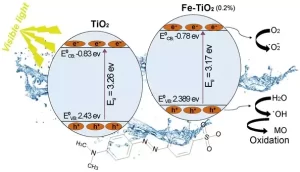Green chemistry has fostered research on recyclable, insoluble, and easily separable heterogeneous catalysts. Carbon materials are widely used for renewable energy and environmental studies. Here, we used green Pistachio peel, a biomass waste for the synthesis of magnetic carbon-based solid acid (Fe3O4@C-SO3H) by carbonization and sulfonation. The physicochemical properties of the nanocatalyst were characterized using […]
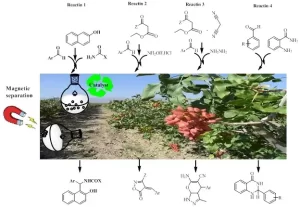
Zinc Oxide nanoparticles (ZnONPs), which have well-known antimicrobial properties, are used extensively in various medical and general applications. In this analysis, 70-gram positive bacterial isolates were obtained from 100 patients using cardiac catheterization, with 54 Staphylococcus aureus and 16 other positive pathogenic bacteria. Accordingly, morphological, cultural and biochemical testes confirmed the results by VITEK 2 […]
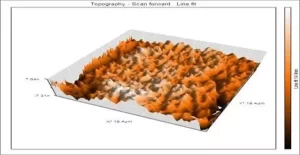
A supported magnetic nanocomposite as a simple, stable, and efficient catalyst was successfully developed for condensation reaction of aldehydes, ammonium acetate, and isatoic anhydride to prepare 2,3-dihydroquinazolin-4(1H)-one derivatives as essential biologically active heterocyclic compounds. Ethanol as a non-toxic solvent under a reflux condition was utilized in the reactions. The Fe3O4/SiO2/CeO2 nanocomposite was prepared as a […]
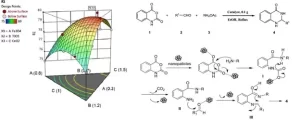
In the present paper, a novel thermal plasma method is proposed to synthesize ZnO-Fe2O3 nanocomposite, with different percentages of iron, namely 3, 5, and 7%. This method is an efficient feasibility of the Zno-Fe2O3 nanocomposite synthesis. The nanocomposites are synthesized by homemade direct current (DC) plasma torch. They are analyzed by different methods. The bandgap […]
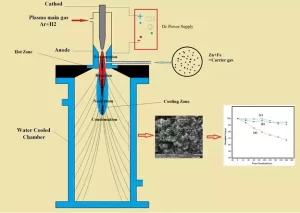
This study is the first report of the application of sulfonated multi-walled carbon nanotubes (MWCNTs-SO3H) in the synthesis of tetrahydrobenzo[a]xanthene and tetrahydrobenzo[a]acridine derivatives. The catalyst was prepared via a chemical approach and the sulfonated groups were attached to the side-wall of MWCNTs with total density of 2.58 mmol.g-1. In order to prove functionalization of the […]
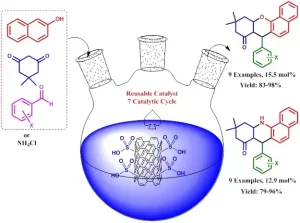
Mesoporous silica nanoparticles (MSNs) were synthesized hydrothermally and modified with Co2+ and Zn2+. The as-prepared samples were denoted as MSN, Co-MSN(X), and Zn-MSN(X), where X is the Si/M molar ratio. In addition, co-modified MSN samples with both cations were also prepared and denoted as Co-Zn(Y)-MSN(X), where Y indicates the Zn2+ content in the range of […]
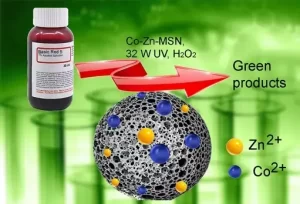
In the current study, a new methodology for the epoxidation of alkenes was developed. In this regard, the required ligand was synthesized from the reaction of isatin and 1,4-phenylenediamine to afford (3Z,3’Z)-3,3′-(1,4-phenylenebis(azaneylylidene))bis(indolin-2-one) ligand. Then, the two coordinate ligands were metallated using Cd and Mn/Fe/Co/Ni to obtain a series of hybrid dual metallic complexes containing (Cd […]
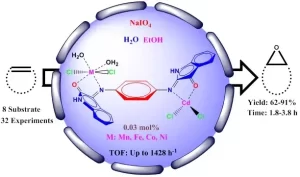
Over the past half-decade, the functionalized Fe3O4 nanoparticles have been applied to organic synthesis as heterogeneous nanocatalysts. Due to the magnetic properties, the functionalized Fe3O4 nanoparticles have been preferred over other catalytic systems. In addition, the unique physical, chemical, and magnetic field properties of Fe3O4 nanoparticles have led to the development of them for efficient […]
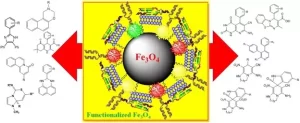
Single-atom catalysts have recently received much scientific attraction as sustainable catalysts due to their greater activity and selectivity arising from the uniform distribution, electronic properties, and quantum mechanical interactions at the nanoscale of single atoms coupled with interactions at the metal-support interfaces. Carbon-based materials are an excellent support material for single-atom catalysts owing to their […]
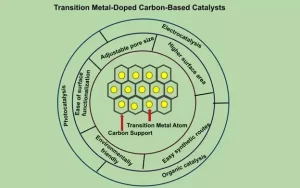
Fe-doped TiO2 nanoparticles were successfully synthesized by the coprecipitation method. TiO2 was doped with a different molar ratio of iron amounts, namely 0.1% and 0.2%. An undoped TiO2 was also prepared for comparison. X-ray diffraction (XRD), transmission electron microscopy (TEM) and UV-visible diffuse reflectance spectroscopy techniques were used to characterize the as-synthesized nanoparticles. The XRD […]
